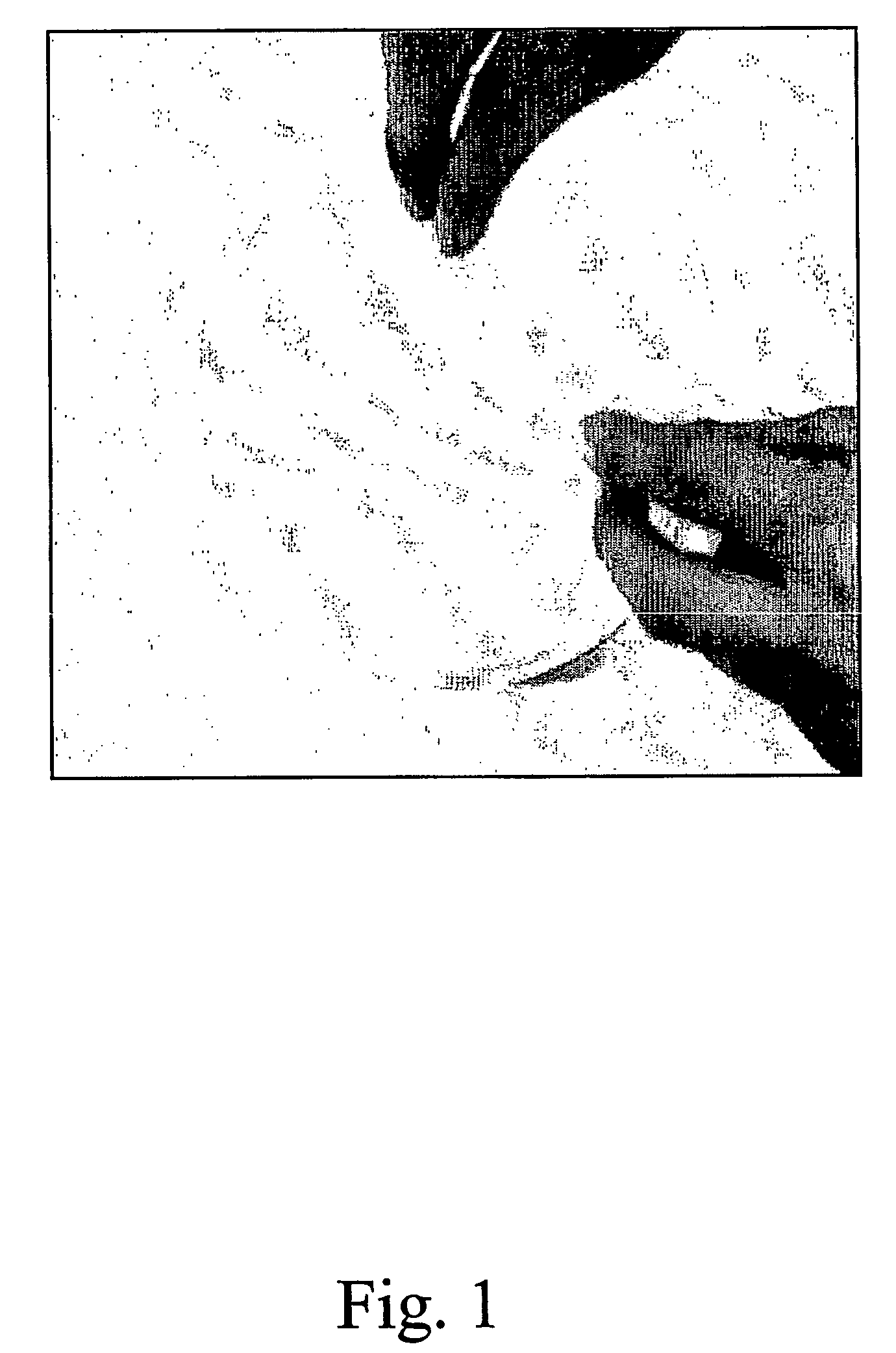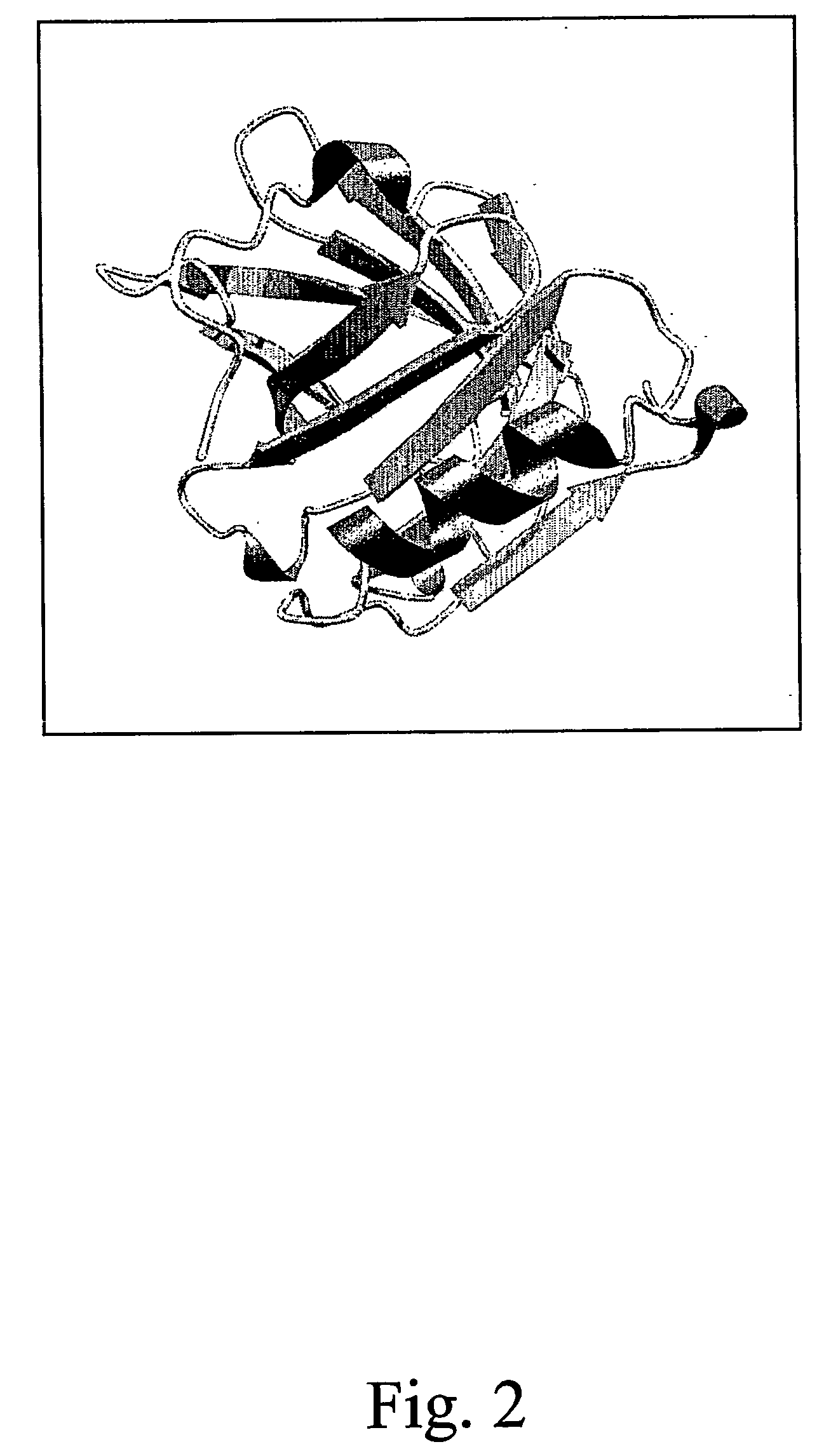Milk protein biofilm and uses thereof
a technology of milk protein and biofilm, which is applied in the field of membrane or biofilm composition, can solve the problems of long time taken to reach confluence, poor mechanical strength of the layer of cells, and normal cell sh
- Summary
- Abstract
- Description
- Claims
- Application Information
AI Technical Summary
Benefits of technology
Problems solved by technology
Method used
Image
Examples
example i
Preparation and Characterization of a Biofilm
Materials and Methods
[0055] Whey protein isolate (WPI) and B-lactoglobulin (BLG) were obtained from Davisco (Food International, Inc, Le Sueur, Minn.). The WPI contains 92.5% (dry matter basis) proteins with 78% of BLG, 16.6% of α-lactalbumin (ALA) and 5.4% of Bovine serum albumin (BSA). BLG is a purified fraction of WPI (>92%) obtained from fresh, sweet dairy whey, using a unique ion-exchange technology. The enzymes used in the study were pepsin 1:60 000 from porcine stomach mucosa, crystallised and lyophilised, (Sigma Chemical Company St-Louis, Mo., USA) and pancreatin 5× from hog pancreas (ICN Nutritional Biochemicals Cleveland, Ohio, USA). Thimerosal (J. T. Baker, Phillisburg, N.J., USA) was used to prevent bacterial growth and taurocholic acid, sodium salt form, (Sigma Chemical Company St-Louis, Mo., USA) is an emulsifying agent. Plasticisers agents—Glycerol (GLY), ethylene glycol (EG) and diethylene glycol (DEG)—were of analytica...
PUM
| Property | Measurement | Unit |
|---|---|---|
| Fraction | aaaaa | aaaaa |
| Fraction | aaaaa | aaaaa |
Abstract
Description
Claims
Application Information
 Login to View More
Login to View More - R&D
- Intellectual Property
- Life Sciences
- Materials
- Tech Scout
- Unparalleled Data Quality
- Higher Quality Content
- 60% Fewer Hallucinations
Browse by: Latest US Patents, China's latest patents, Technical Efficacy Thesaurus, Application Domain, Technology Topic, Popular Technical Reports.
© 2025 PatSnap. All rights reserved.Legal|Privacy policy|Modern Slavery Act Transparency Statement|Sitemap|About US| Contact US: help@patsnap.com



